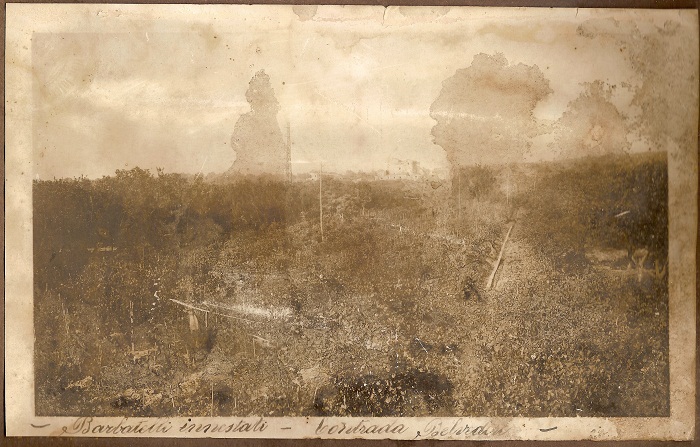Its scientific name is ” Leptospermum Scoparium “, but it is known to most as ” Manuka “, the honey tree. And not just any honey. An excellent remedy against numerous strains of bacteria and a powerful anti-inflammatory, manuka honey can be taken to combat various pathologies, primarily respiratory ones.
Where Manuka grows
The Leptospermum scoparium is a spontaneous shrub that grows mainly in New Zealand and parts of Australia. It is defined as a “pioneer plant” able to settle first in deforested areas.
The vast expanses of Manuka on the New Zealand hills during the flowering periods transform the landscape, making it an immense carpet of white, pink or red flowers.
This plant offers the appropriate habitat for many animal species , including bees that from its nectar derive a honey with extraordinary therapeutic capacities.
The Leptospermum Scoparium is also grown in Italy (Photo of Leptospermum plantation nursery Amalfa)
The plant, although originally from the New Zealand area, can also be grown safely in Italy. It prefers the coastal areas of the south, in particular the Sicilian ones, but manages to survive elsewhere, if located in sheltered positions and with adequate soil. It has a rapid growth and a copious and lasting inflorescence: the flowers persist from May to October. After flowering, fruits that have the appearance of rounded capsules are formed and remain on the plant for several months. Tolerates intense heat, warm wind and saltiness, not frost. It adapts well to almost all types of substrate and does not require special treatments. This is because the plant itself is able to produce substances capable of defending it from bacteria, viruses and fungi.
The properties of Manuka honey
The Leptospermum scoparium is one of the plants where the bees prefer to collect the nectar, also as a function of its abundance in the flowers. The result is a honey with an amber color, an intense flavor and a strong viscosity, known as ” Manuka honey “. Beyond its organoleptic properties, what makes it so precious and sought after are its therapeutic properties, unique in the world:
- It is a powerful and natural antibacterial, antibiotic, antiviral, antioxidant, antiseptic, anti-inflammatory;
- On wounds it creates a healing environment that allows new skin cells to grow flush with the wound, preventing skin deformity and scarring;
- Quickly clears infections and destroys bacteria;
- Speeds up the healing process;
- It can heal staphylococcus and destroy infections caused by strains of antibiotic-resistant bacteria;
- The viscosity of Manuka Honey provides a protective barrier to avoid wound infection;
- Stimulates the growth of the tissues involved in the healing process;
- It has an anti-inflammatory action that relieves pain
Why is Manuka honey unique?
Manuka honey is the gold of Leptospermum .
The uniqueness of the product is given by the presence of metiglossale , an active ingredient identified by researchers from the German University of Dresden, which counteracts the action of many bacterial strains including Helicobacter pylori and Escherichia coli .
To explain it is prof. Thomas Henle , of the University of Dresden. (Source www.saluteinerba.com ) (Insert video you tube)
There is no ( Manuka ) honey without a plant ( Leptospermum )!
Currently this honey is produced exclusively in New Zealand. The presence of the plant also in Italy and its cultivation in Sicily (it is one of the top products of our nursery) gives us hope for its future wide diffusion. Bees then have the task of collecting the nectar.



